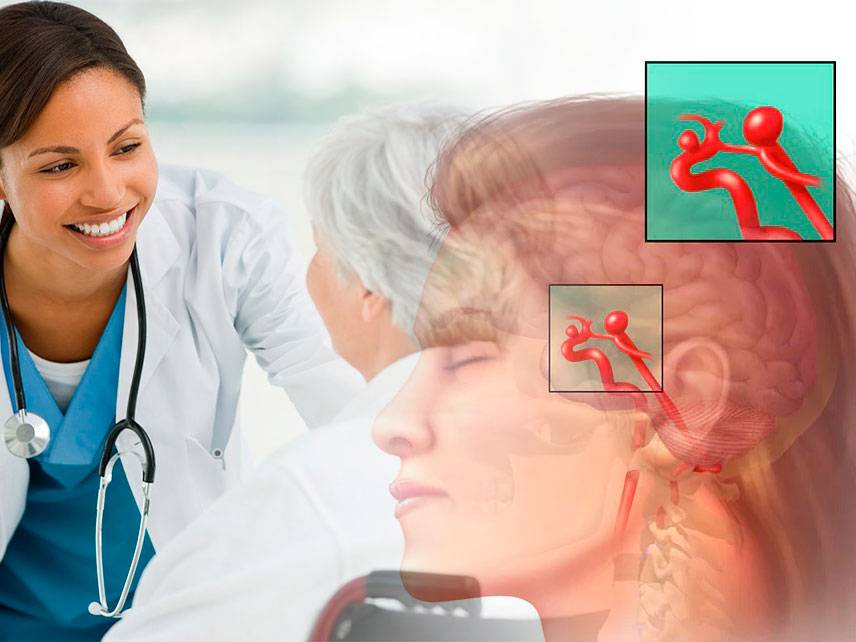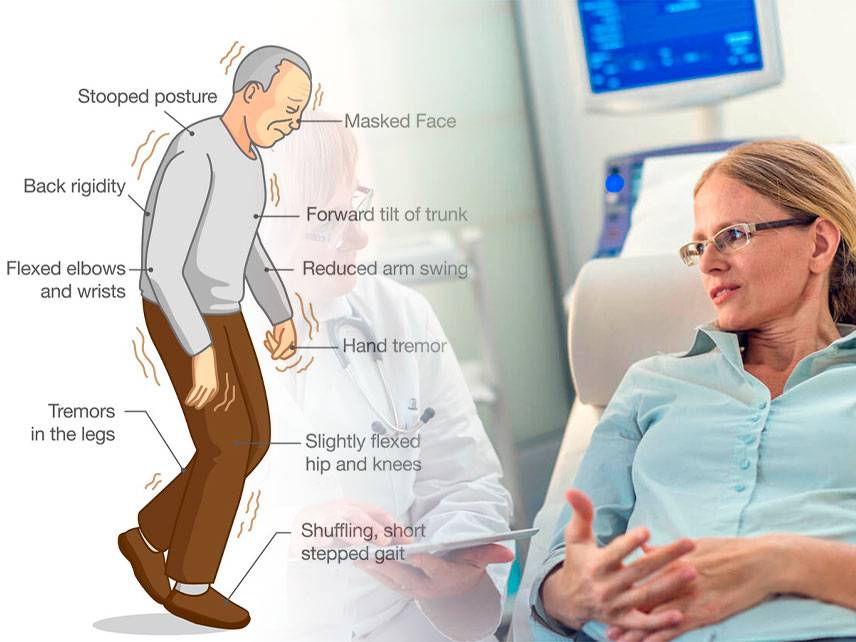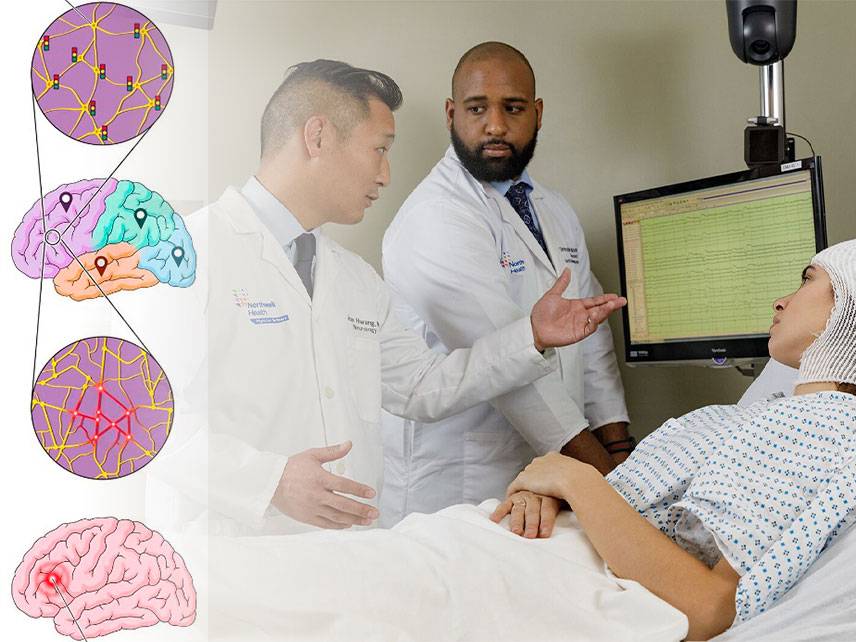
Recovering from Brain Injury: A Guide
Recovering from a brain injury can be a long and difficult journey, but there is hope. This guide will provide an overview of the physical and emotional challenges associated with brain injury recovery, as well as tips and strategies for dealing with them. We will discuss ways to cope with the effects of the injury, ways to find support, and how to make the best of the recovery process. Additionally, this guide will provide information on the various types of treatments available, as well as how to access them. With the right approach, recovery can be possible.













